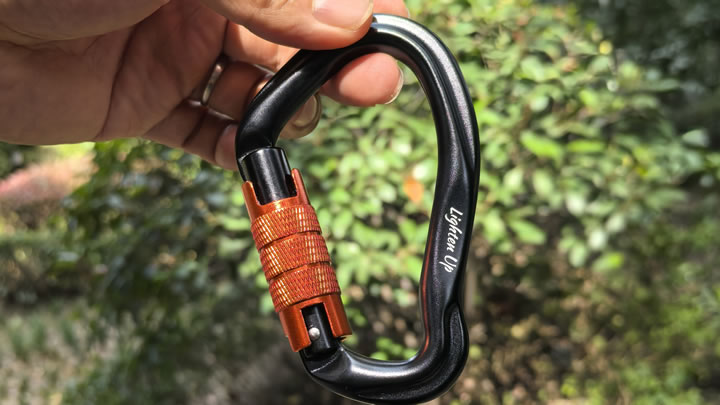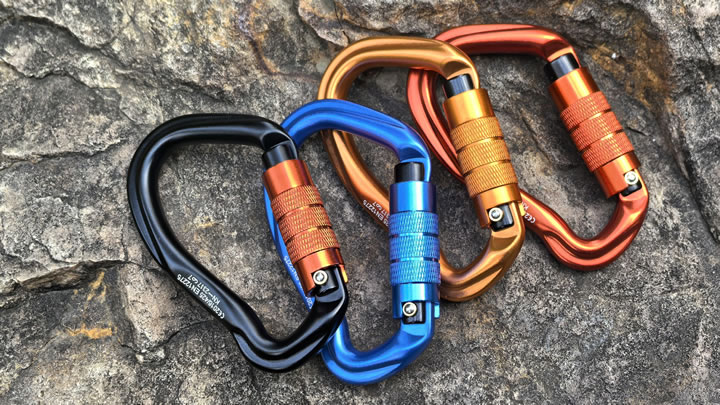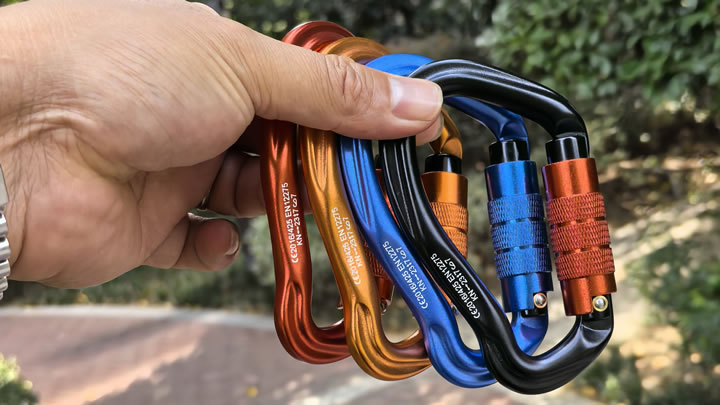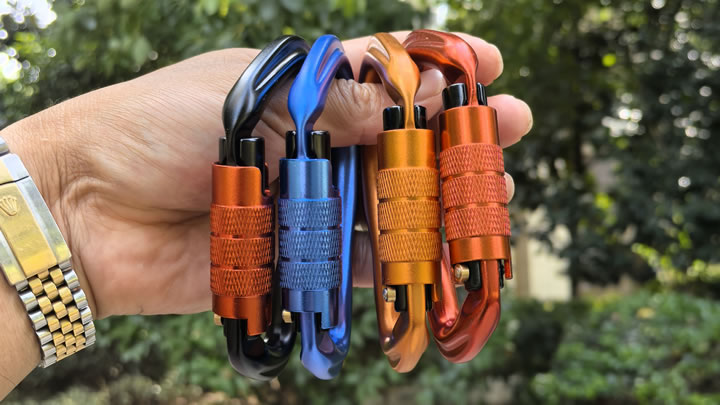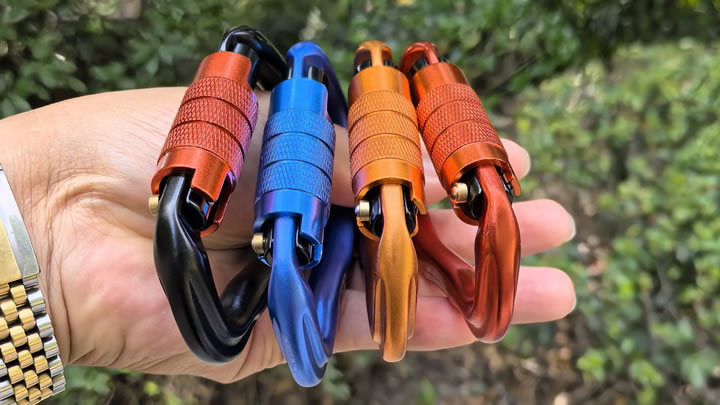Is nylon hammock fabric breathable in hot weather?
Nylon hammocks are a top pick for outdoor relaxation, but a critical question lingers: Can they keep you cool in scorching temperatures? The answer lies in understanding nylon’s unique balance of breathability, moisture management, and durability. Let’s dive into how nylon performs in hot weather and why it might be your best bet for summer adventures.

1. What Makes a Fabric Breathable?
Breathability refers to a material’s ability to allow air circulation and wick moisture away from the skin. Nylon’s synthetic fibers are inherently less breathable than natural fabrics like cotton but outperform polyester due to its lighter weight and open-weave construction. Tightly woven nylon may restrict airflow, while looser knits or mesh panels enhance ventilation.
Key Insight: Look for terms like “ripstop nylon” or “mesh-integrated design” for optimal breathability.
2. Nylon vs. Cotton vs. Polyester: Heat Battle
- Cotton: Highly breathable but absorbs sweat, leading to dampness and slow drying. Prone to sagging in humidity.
- Polyester: Traps heat and moisture, creating a sticky feel in high temperatures.
- Nylon: Wicks moisture efficiently, dries rapidly, and resists humidity-induced stretching. While slightly less breathable than cotton, it maintains comfort during extended use.
Pro Tip: Choose uncoated nylon—coatings (e.g., waterproof layers) can reduce breathability.
3. How Nylon Stays Cool in Hot Climates
Nylon’s breathability shines through:
- Moisture-Wicking: Pulls sweat away from the skin, preventing clamminess.
- Quick-Drying: Evaporates moisture faster than cotton, ideal for humid or sweaty conditions.
- Lightweight Weave: Thin, airy fabrics like parachute nylon promote airflow without sacrificing strength.
Use Case: Campers in tropical regions often prefer nylon hammocks for their mold resistance and cooling performance.
4. Enhancing Breathability: Design Matters
Not all nylon hammocks are equal. Prioritize these features:
- Mesh Panels: Integrated mesh boosts airflow at contact points (back and legs).
- Open Weave: Avoid densely woven nylon; opt for loose, grid-like patterns.
- Lightweight Fabric: 30D–70D nylon balances durability and breathability.
Caution: Ultra-thin nylon (below 30D) may compromise durability for weight savings.
5. Avoiding the “Greenhouse Effect”
Some synthetic fabrics trap heat, but nylon mitigates this with:
- UV-Resistant Treatments: Reflects sunlight to reduce heat absorption.
- Neutral Colors: Light shades like beige or gray stay cooler than dark hues.
- Strategic Hanging: Position your hammock in shaded, breezy areas to amplify airflow.
User Hack: Spray the hammock lightly with water for instant evaporative cooling on dry, hot days.
6. Maintenance for Long-Term Breathability
- Wash Regularly: Remove sweat and dirt that can clog fabric pores. Use mild detergent.
- Air-Dry: Avoid machine drying, which can damage fibers and reduce breathability.
- Store Properly: Keep in a dry, ventilated space to prevent mildew.
When to Consider Alternatives
- Cotton: Best for dry, mild climates where breathability trumps weather resistance.
- Polyester: Avoid in hot weather—its heat retention outweighs its durability.
Final Verdict
Nylon hammocks strike a smart balance for hot weather: they’re breathable enough to stay cool, durable enough for rugged use, and quick-drying for humidity or sweat. While not as airy as cotton, nylon’s moisture-wicking tech and adaptability make it ideal for summer camping, beach trips, or backyard hangs. Pair with shade, choose the right weave, and enjoy a sweat-free swing even on the hottest days!

